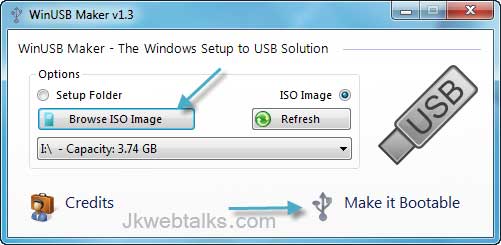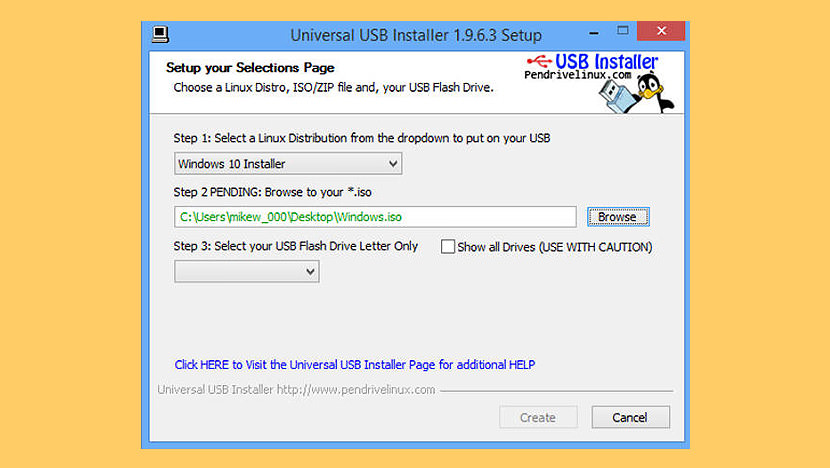


Your PC should boot to the drive, giving you the option to install Windows. Going forward, if you need to install or reinstall Windows, you can connect the drive to your computer and reboot it. When the tool is done, click Finish and remove the USB drive from your computer. The process should take about 30 minutes, give or take, depending on your internet speed. Go get a drink, take a walk or browse the internet while the tool does its job. Microsoft's tool will take care of the rest from there. It'll take a bit of time to complete, but Microsoft's tool takes care of the rest for you. (You can also create a boot drive for Windows 11, if you're wanting to test out the newest version of Windows before it's released on Oct. And if you're building a gaming PC, this is one of the last things you'll need to finalize your build. The backup media can save you both time and a headache if you ever need to reinstall Windows. I promise.Ĭreating a Windows 10 bootable USB drive is something you should definitely do if you own a Windows computer. Creating the drive is a task that sounds complicated and something that requires plenty of tech savvy, but in reality, it only takes a few clicks of the mouse and a solid internet connection to complete. The first time I heard the term "bootable USB," I felt a tinge of panic. In addition to common issues to look for, there's another task you should take on - create a bootable USB drive. Do mind that depending on the drive size, number of passes, and USB drive speed, it takes quite a bit of time to complete the verification process.Troubleshooting an old and slow PC isn't a fun experience, but it's also something you can do on your own at home. For that, all you have to do is, select the checkbox “check device for bad blocks” under format options and you are good to go. Rufus also checks the USB drive for any bad blocks.

These options are beneficial when you are creating BIOS, firmware, or other low-level drives. Moreover, you get various different options like the ability to change the partition scheme, cluster size, and file system. Add to that, Rufus is much faster than the other apps when it comes to creating bootable Windows USB drives. Rufus not only lets you create bootable USB for different kinds of operating systems but you can also use it to flash BIOS, firmware, and run low-level utilities. When it comes to creating bootable USB drives in Windows, Rufus is the best, free, open-source, and easy-to-use software. Read: How to Use USB Flash Drive on Android and iOS USB Bootable Software 1.


 0 kommentar(er)
0 kommentar(er)
